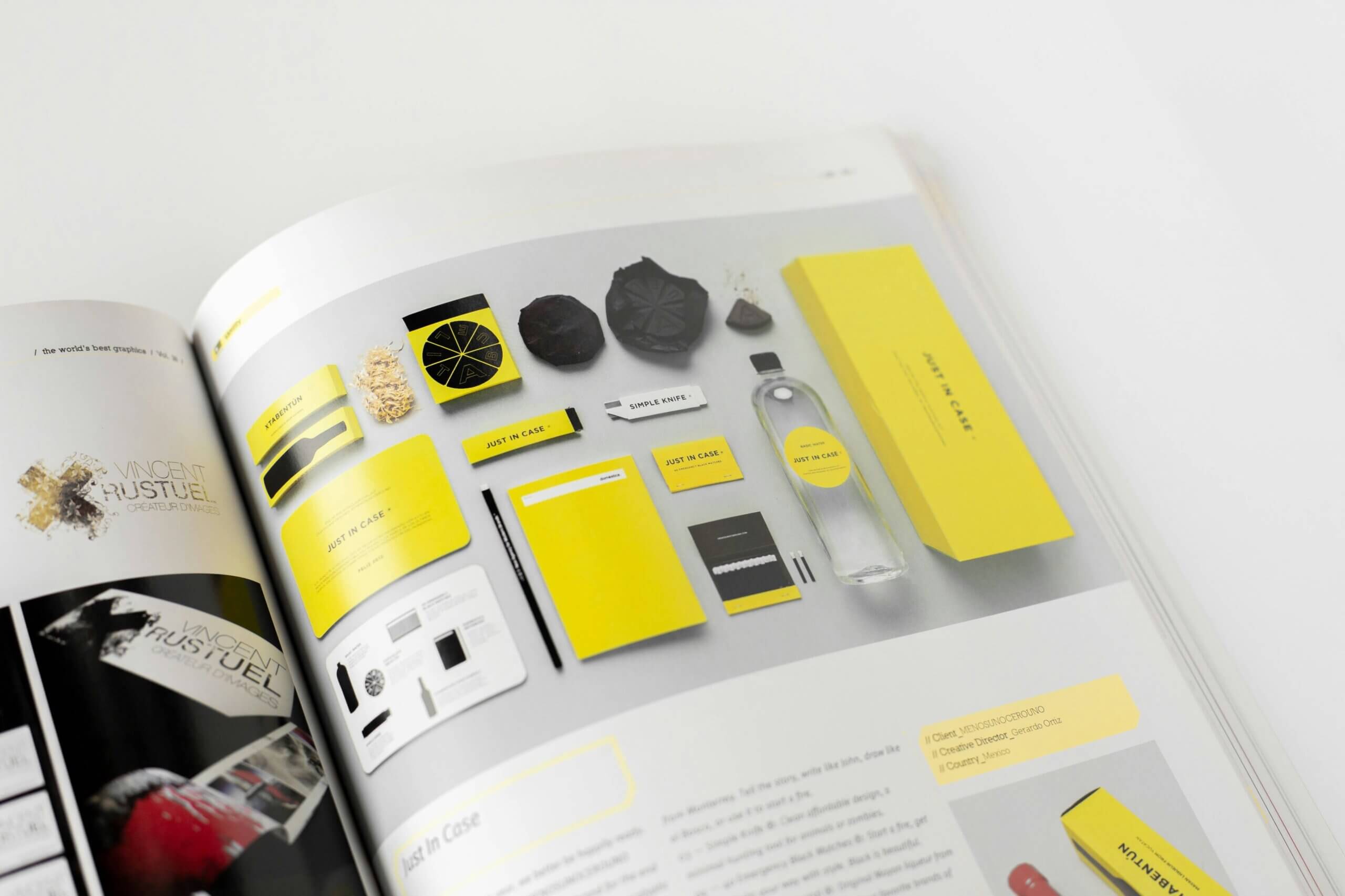
Tanya Mishra
Content Writer - ReVerb
26.01.2023
Every business has digital assets that need to be protected, and yet it’s surprisingly common to find that they’ve been infringed upon by third parties, often without your knowledge.
That’s why you need to take steps to minimize this and also to detect incidents of infringement so that they can be nipped in the bud.
Here’s a look at how to go about this.
Recognizing Common Types Of Digital Asset Infringement
There are many different types of digital assets you need to be familiar with in the modern era. Copyrighted works, such as music, videos, software and photographs, are some of the most commonly violated assets. Trademarks or brand logos are also at risk of being stolen or misused.
Unauthorized use of trade secrets is another type of violation that can cause serious damage to a company’s reputation and financial stability.
Patents are also an asset that can be violated. This occurs when someone uses an invention without proper authorization from its rightful owner and could include new products or services created by a business entity.
Knowing what types of infringement can occur and how to spot violations quickly is the key to protecting your digital assets from exploitation.
Steps To Take If You Suspect Your Assets Have Been Violated
If you think an infringement has occurred, the first step is to take immediate action. Contact the person or entity who has taken your work without permission and explain that they are in violation of copyright law.
You should also reach out to an intellectual property attorney for legal advice on how to proceed with a copyright infringement claim. It’s important to document any evidence that may support your claim – such as screenshots or emails – so that this information can be used later if needed.
Taking swift action will not only protect you from further harm but also serves as a deterrent against future violations by other parties.
Pro Tips For Protecting Your Digital Assets From Unauthorized Use
Once you understand the types of digital assets that are at risk of infringement, you need to be proactive in defending them against misuse.
First, having a good digital asset management (DAM) solution at your disposal is useful. Read this review of DAM software to find the right platform, and get your data organized and stored in a centralized way. This is helpful for keeping tabs on each asset you own rather than having everything fragmented and flung across a wide variety of storage setups and services.
It’s also useful to register copyrightable works with the authorities and also apply for registered trademarks for your logo and other identifiable features of your brand.
That way, there will be no ambiguity about what belongs to you, so if someone does subvert your assets for their own ends, you’ll have a good grounding to fight back.
In the same way, it is wise to be wary of infringing on the copyrights, trademarks and patents of other businesses and individuals. Do your research, ensure that you aren’t stepping on anyone’s toes when generating new assets of your own, and you’ll stay out of legal hot water.
For example, you must carry out a complete trademark search on your country’s trademark database and international databases to ensure that your trademarks are eligible for registration and that no one can claim ownership of them.
Understanding The Legal Implications Of Digital Asset Infringement
In terms of actually bringing the weight of the law to bear on an infringer, you have a few options depending on the nature of the case, where you’re based, and what type of asset is involved.
Infringement can result in penalties ranging from fines and compensation to full-blown imprisonment, with the maximum sentence for the most severe cases sitting at 10 years.
As you can see, it’s not something that the legal system takes lightly, which is why you can confidently pursue any incidents of infringement, safe in the knowledge that the law is on your side as the owner of the assets.
Best Practices For Keeping Track Of Your Online Content And Proving Ownership
As mentioned, it’s not only a good idea to use DAM to keep all of your assets in one place but also to track them for the purposes of preventing infringement and proving ownership.
The more data you have available to support your claim, the easier it will be to seek restitution and stop further infringement.
Once again, getting the advice of a legal expert is wise in this circumstance, so don’t leave anything to chance.
Conclusion
Your digital assets are worth a lot to your company, so every step you take to protect them is an investment in their future value. Keep up with infringement cases, and use modern tools to your advantage.




